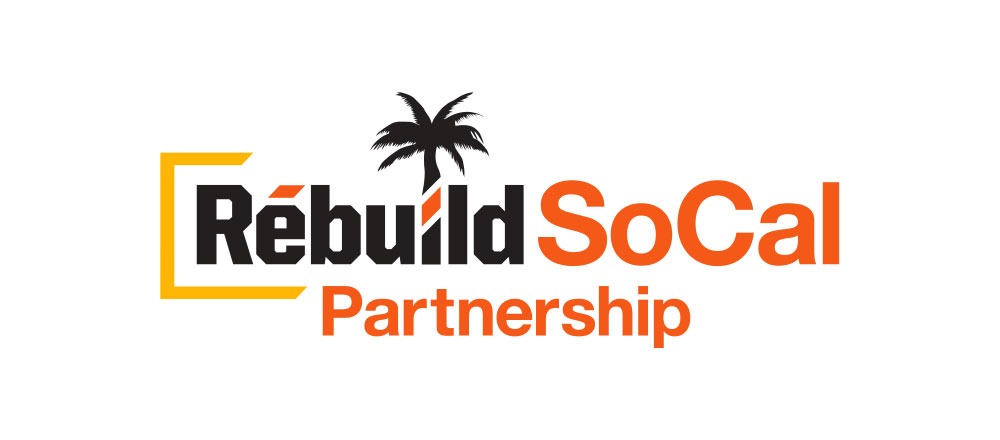Getting and Keeping California Connected
Most people hear the word “broadband” and know it has something to do with the internet, but that’s where their knowledge ends.
Technically speaking, the Federal Communications Commission (FCC) defines broadband as a way to provide high speed internet access via multiple types of technologies including fiber optics, wireless, cable, digital subscriber line (DSL) and satellite. (WiFi is the wireless connection that connects a phone or computer to the modem/router). In the early 2000s, broadband started to replace dial-up modems.
Connecting California
The internet as we know it was created right here in The Golden State. A UCLA professor and graduate student made the first transmission back in 1969. The first web page was made available in 1991 and oddly, it was not a Californian but a University of Minnesota professor who coined the phrase “surf the ‘net.” Today, 93% of American adults use the internet. That doesn’t mean, however, that 93% have broadband connections in their home.
“The pandemic more than demonstrated the necessity for every Californian to have reliable access in order to function in today’s world,” said Sen. Nancy Skinner, D-Berkeley, during a legislative hearing about broadband access in July 2021. “We already knew we are dependent on the internet for applying to jobs and college, but during the pandemic, we relied on it for our education.” Many also relied on the internet so they could continue to work, run their small businesses, shop, and have doctor visits; 53% of Americans said the internet was essential for getting through COVID-19 lockdowns.
But the pandemic also put a giant spotlight on a number of inequalities across the globe and right here at home, including the digital divide. We’ve written about the issues in Los Angeles, but other communities throughout the state have also been impacted.
A survey by USC and the California Emerging Technology Fund revealed 16% of low-income Californians are unconnected and 10% depend on smartphones. The statewide findings show that not only were some rural areas without connections, but in urban areas 24% of Hispanics are unconnected or restricted to smartphones. Twenty-three percent of Californians ages 65 and older lack broadband and 27% of people with disabilities are unconnected or connected only via smartphone.
Working to bridge the divide
Gov. Gavin Newsom in July signed historic broadband legislation to advance the state’s commitment to bridging the digital divide by increasing equitable, affordable access to high-speed internet service across California.
The $6 billion multi-year investment includes:
- $3.25 billion to build, operate and maintain an open access, state-owned middle mile network – high-capacity fiber lines that carry large amounts of data at higher speeds over longer distances between local networks.
- $2 billion to set up last-mile broadband connections that will connect homes and businesses with local networks. The legislation expedites project deployment and enables Tribes and local governments to access this funding.
- $750 million for a loan loss reserve fund to bolster the ability of local governments and nonprofits to secure financing for broadband infrastructure.
- Creation of a broadband czar position at the California Department of Technology, and a broadband advisory committee with representatives from across state government and members appointed by the Legislature.
This will allow more Californians access to broadband coverage. With the construction of a state-owned open access middle mile network and last mile projects to connect unserved households and businesses with local networks, that also means job creation.
In President Biden’s infrastructure plan, The Brookings Institute estimates the creation of approximately 200,000 job-years nationally in about 130 occupations, principally in installation, maintenance, and repair occupations. Additionally, more and better internet connections throughout the state will allow Californians the ability to get online training and education, and apply for jobs, including ones that may be done on a hybrid schedule.
“Evidence shows that people searching for jobs online can be hired up to 25% faster compared to individuals using traditional methods,” Sen. Lena Gonzalez, D-Long Beach noted when she introduced the Broadband for All Act. “Studies have also found that broadband access is associated with higher employment rates in rural counties, as well as the development of internet skills that result in greater earning power.”
Stay up-to-date on this and other important infrastructure issues by signing up for the Rebuild SoCal Partnership newsletter. Follow us on Facebook, Twitter, and Instagram, and listen to The Rebuild SoCal Zone podcast.

